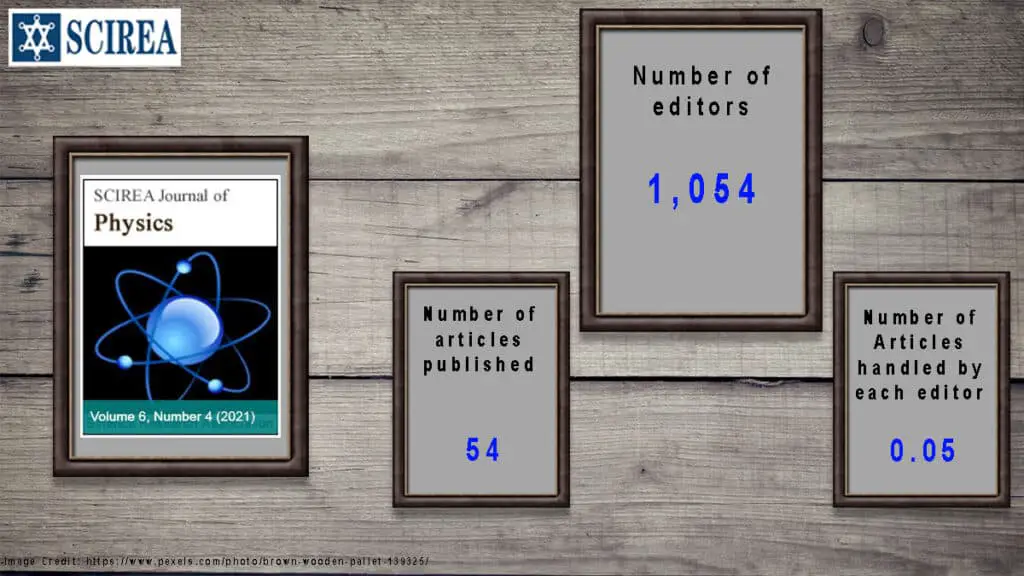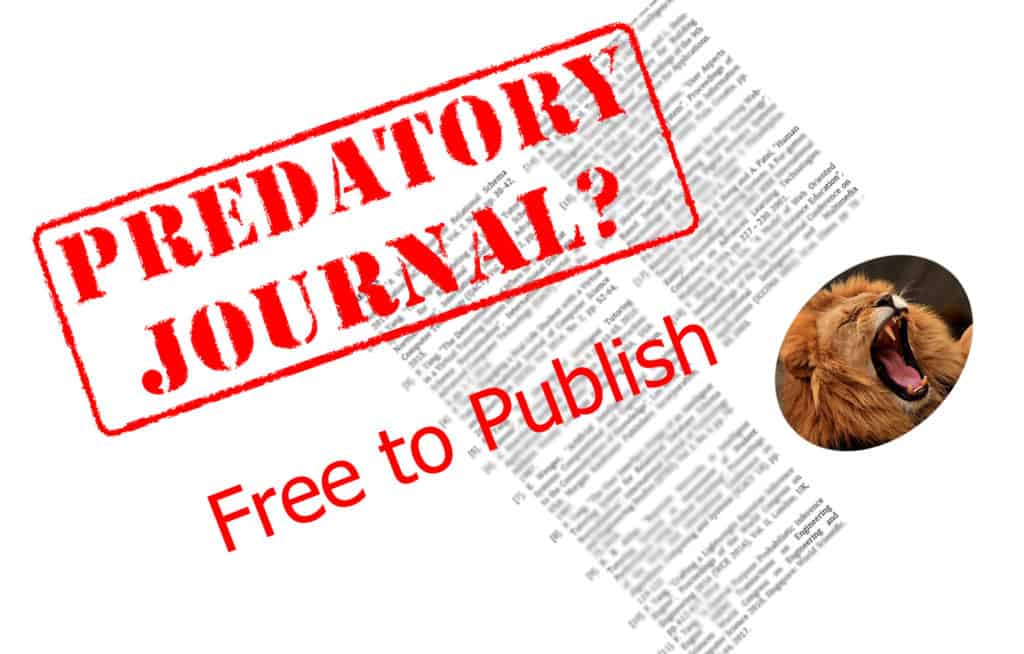How many editors does a journal need? The case of SCIREA
SCIREA is a scientific publisher that has a portfolio of 39 journals. These 39 journals have 13,288 editors, meaning that each journal has an average of 341 editors. Each of these editors has handled less than one paper each, over the last five years.





